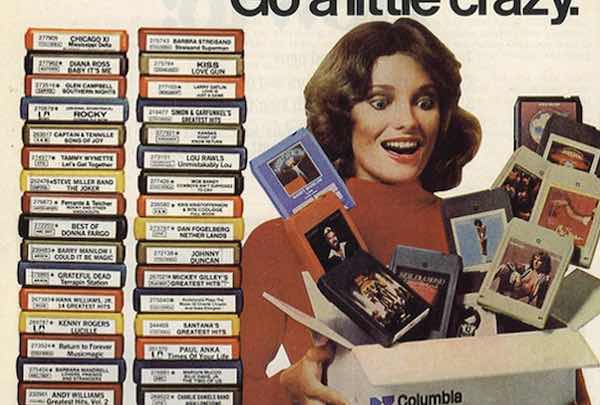It is difficult to believe that 5150, Van Halen’s seventh studio album, is now 39 years old. But this is indeed the case. 5150 was released on March 24, 1986. Has that much time really passed? I’m afraid so.
I can still remember when “Dreams” and “Why Can’t This Be Love” were new songs on FM radio. I immediately liked what I heard; and I became one of the thousands of people—mostly teenagers—who purchased the album in its early days. (More than 6 million copies of the album have been sold since then.)
This was the 1980s, and so we bought all of our music in record stores at the mall, of course. The album cover featured a muscle man holding up a metallic sphere, Atlas-like. This struck me as both interesting and strange, but I shrugged and went with it. (I was an avid reader of Muscle & Fitness in those days.)
The big news about this album was that Van Halen had a new lead singer. David Lee Roth was out, Sammy Hagar was in.
Sammy Hagar already had a following of his own as a solo artist. So this was rather like a merger between two companies with established brands. I was already a fan of Hagar, so I was predisposed to like the new, changed Van Halen.
Speaking of which: I had been a very lukewarm fan of Van Halen until then. Like everyone, I appreciated Eddie Van Halen’s unique guitar skills. But the Van Halen songs of the David Lee Roth era were banal in the extreme, even by the standards of a high school kid. The Roth-era songs were all about girls and parties, or they were about nothing at all.
I also suspected, even back then, that David Lee Roth was something of an egotistical jackass. These suspicions were confirmed for me decades later, when I read Runnin’ with the Devil: A Backstage Pass to the Wild Times, Loud Rock, and the Down and Dirty Truth Behind the Making of Van Halen. Written by former band manager Noel Monk, Runnin’ with the Devil describes Roth’s self-indulgent, often vindictive behavior in detail. I didn’t know any of these details then; but I was glad to see Sammy Hagar replace the compulsively peacocking Roth.
5150 was a different kind of Van Halen album. The songs on this album had a mystic, almost aspirational quality. And yet—5150 was still upbeat, fun, and accessible. It wasn’t one of those dreary, navel-gazing rock albums that people claim you have to smoke weed in order to appreciate.
Van Halen would never be its old self again. The new trend—of better songwriting—would peak over the next two VH albums: OU812 (1988) and For Unlawful Carnal Knowledge (1991).
Should Sammy Hagar be credited for these changes? Given the magnitude and the timing of the shift, it is difficult to conclude otherwise.
“Love Walks In”, the second song on Side 2 of the album, is one of 5150’s most interesting pieces. The song’s lyrics suggest time travel, fate, reincarnation….who knows?
Some years after 5150 was released, Sammy Hagar stated that “Love Walks In” was written about communication with extraterrestrial aliens. I took a very different meaning from the song at the time—which I’ll spare the reader. And I still do. But that is one of the hallmarks of successful art: each person can walk away from it with a slightly different interpretation. For decades now, millions of people have regarded the Beatles’ “Let It Be”, as a Catholic ballad about the Virgin Mary. Paul McCartney actually wrote the song about his deceased mother, who was also named Mary.
5150 is one of those albums that, for me, will always represent a specific time and place. The spring of 1986 is long gone. I will turn 57 this year, and I don’t try to pretend that I’m still a senior in high school…not even when I listen to my favorite music from that bygone era.
I still have my own interpretation of “Love Walks In”, though. And I still enjoy listening to this almost 40-year-old album. Its songs never get old. If only the same could be said for this particular listener.
-ET









